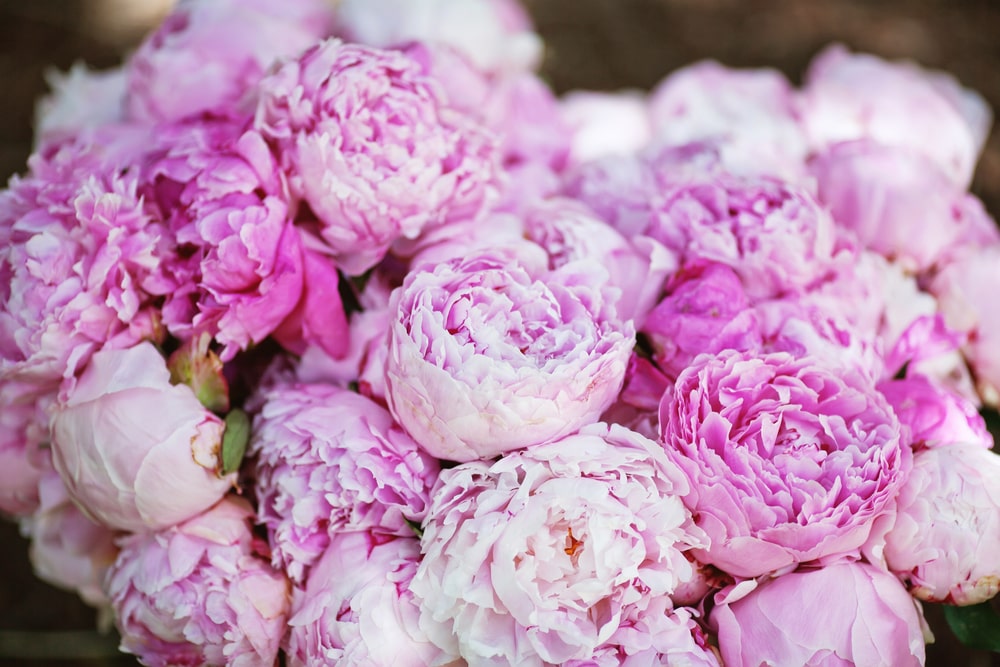MOTHER’S DAY IS THIS SUNDAY, MAY 14TH
Mother’s Day was started in 1908 and became an official U.S. holiday in 1914. The holiday traditionally involves presenting Mom with flowers and a card.
The botanical name for peonies is Paeonia. They are native to Asia and Europe. The history of peonies goes back to ancient days when they once were China’s national flower. Their popularity spread to Japan and then eventually to France and England. In the 1800s, they arrived in America.
In other words, peonies have been a popular perennial for a long time. No wonder all my relatives had them as I was growing up. And I remember peonies being a popular cut flower by my grandparents and mother. As a matter of fact, my wife wants our two kids to get her a pink blooming peony for Mother’s Day.
TYPES OF PEONIES
There are two types of peonies: Herbaceous and Tree. The herbaceous is the most popular and the one most people are familiar with. Herbaceous refers to the fact that it will die back to the ground every winter. The herbaceous ones will grow about 3 feet tall and just as wide. There are many named varieties of peonies. Some will bloom earlier than other varieties. The blooms are in shades of pink, red, and white. And the flower forms are single, double, and semi-double.
The Tree form peony is more unusual and more uncommon. The tree peony is more like a shrub in that it maintains a woody stalk. A tree peony can grow to be about 5 feet in height.
GROWING PEONIES
First and foremost, peonies are sun-loving. They like rich, well-draining soil. Be sure to add compost at the time of planting. We recommend using ESPOMA BIO-TONE as a root stimulator when planting. Older, more mature peonies may need support like a peony cage to keep the plant from “flopping” with the wind or rain. There will come a time when an older peony will benefit from being divided. The best month for dividing a peony is August.
PESTS
Peonies are relatively pest and disease-resistant plants. And, because of their scent, it is considered deer resistant.
Unfortunately, ants are drawn to peonies because of their sugary substance. Ants will not harm the plant. But, it is unfortunate that when making flower cust to take inside the house, you may also be taking in ants. A note on ants: Ants will eat the waxy coating on the flower buds, allowing the flowers to open more freely.
PLANT A LITTLE HAPPINESS FOR MOM!!!!!!!

